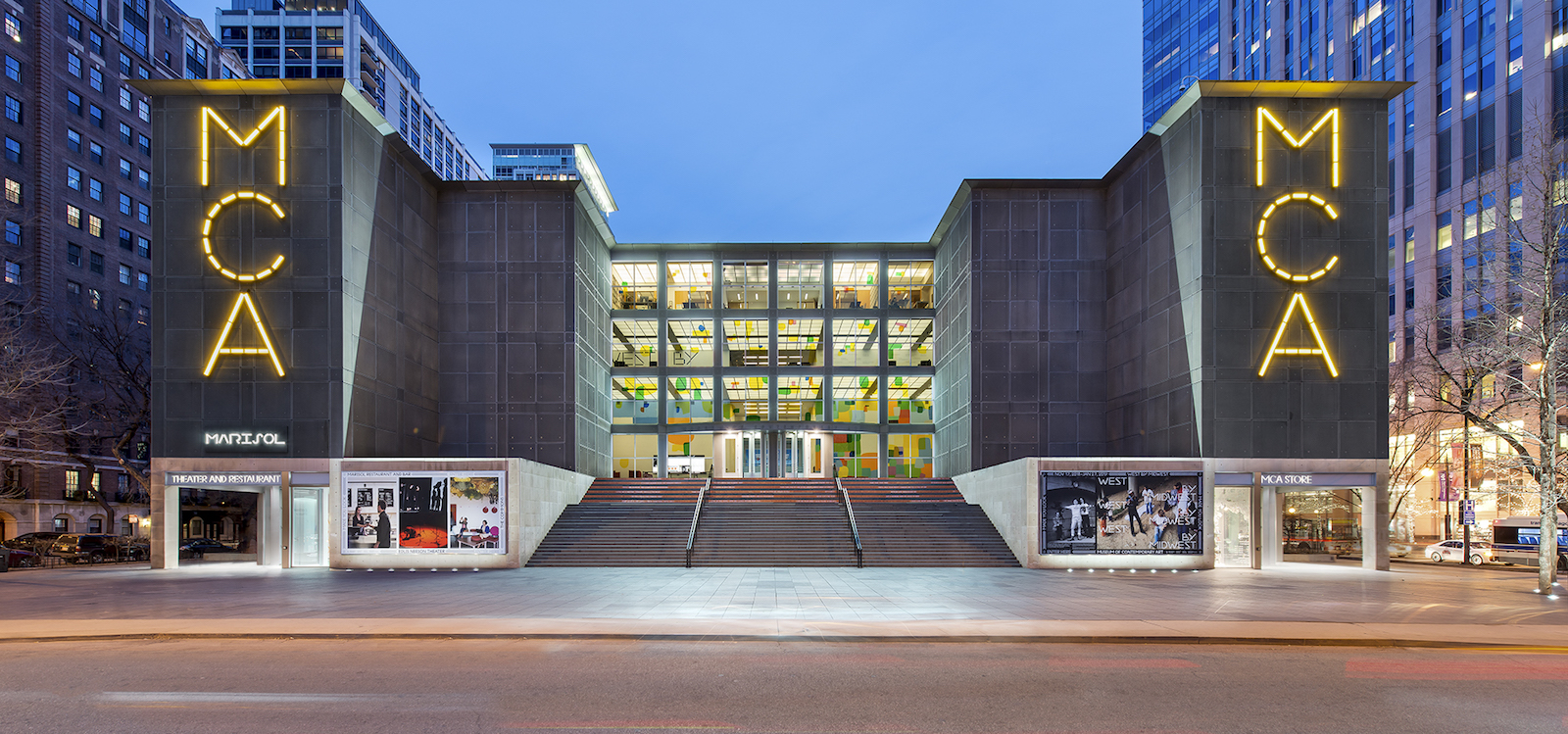
A group of artists have withdrawn their work from “The Long Dream,” an exhibition at the Museum of Contemporary Art in Chicago, to protest the museum’s layoffs of more than 40 staffers in January.
On Thursday, the group met with museum director Madeleine Grynsztejn to make multiple demands, including public apologies to laid-off staffers of color, the adoption of progressive standards for compensating artists who participate in exhibitions, and a restructuring of museum leadership.
Because some in the group are part of the Quarantine Times art collective, the number of withdrawing artists is in dispute. The artists say they are 57 in number; the museum says there are six artists and one collective.
Another 40 artists have expressed their solidarity while remaining in the exhibition.
In a statement to Artnet News, the museum expressed disappointment at the artists’ withdrawal, adding: “but we recognize and respect their decision.”
“We take seriously our mission to welcome all communities and we are constantly working to improve,” the museum said. “We know that the MCA has more work to do to become an equitable institution.”
“The Long Dream” included more than 70 artists and collectives with ties to Chicago, including prominent figures like Dawoud Bey, Nick Cave, Gladys Nilsson, Ebony G. Patterson, William Pope.L, and MacArthur “genius” grantee Iñigo Manglano-Ovalle.
The museum’s website says the show came together amid “a renewed reckoning over racial justice and inequality” and that the work “offers us ways to imagine a more equitable and interconnected world.” The show’s title comes from a 1958 novel by Richard Wright, author of Black Boy and Native Son.
MCA director Madeleine Grynsztejn, photo by Maria Ponce.
In June, a group of public-facing employees formed a group, MCAccountable, to lobby the museum for change. Nearly 100 current and former employees signed an open letter in July saying the museum had not made real change in line with public pledges.
According to the letter, visitor services, retail, and facilities employees were expected to work last summer regardless of the health risks, and without hazard pay or health benefits.
The letter demanded that the museum remain closed to safeguard the health of its employees of color; that it guarantee part-time staff a minimum weekly pay; and that it publish all employees’ salaries and health benefits.
Several artists withdrew their work in August. In November, when the show opened, 97 participating artists sent a letter in support of MCAccountable.
In an editorial in Art in America, MCA director Madeleine Grynsztejn described the show as a way for the museum to “elevate and celebrate” Chicago artists when their opportunities were disappearing due to the pandemic, saying the exhibition demonstrated the museum’s “commitment to equity.”
She touted post-pandemic changes, including the conversion of visitors’ services jobs to full-time positions with benefits, and inviting those staffers to work from home and contribute to accessibility initiatives. The museum also staged anti-racism workshops, she wrote.
Just prior to the layoffs, senior curator Naomi Beckwith and chief curator Michael Darling left the museum. Beckwith is now at the Guggenheim Museum; Darling is with a new startup, Museum Exchange.